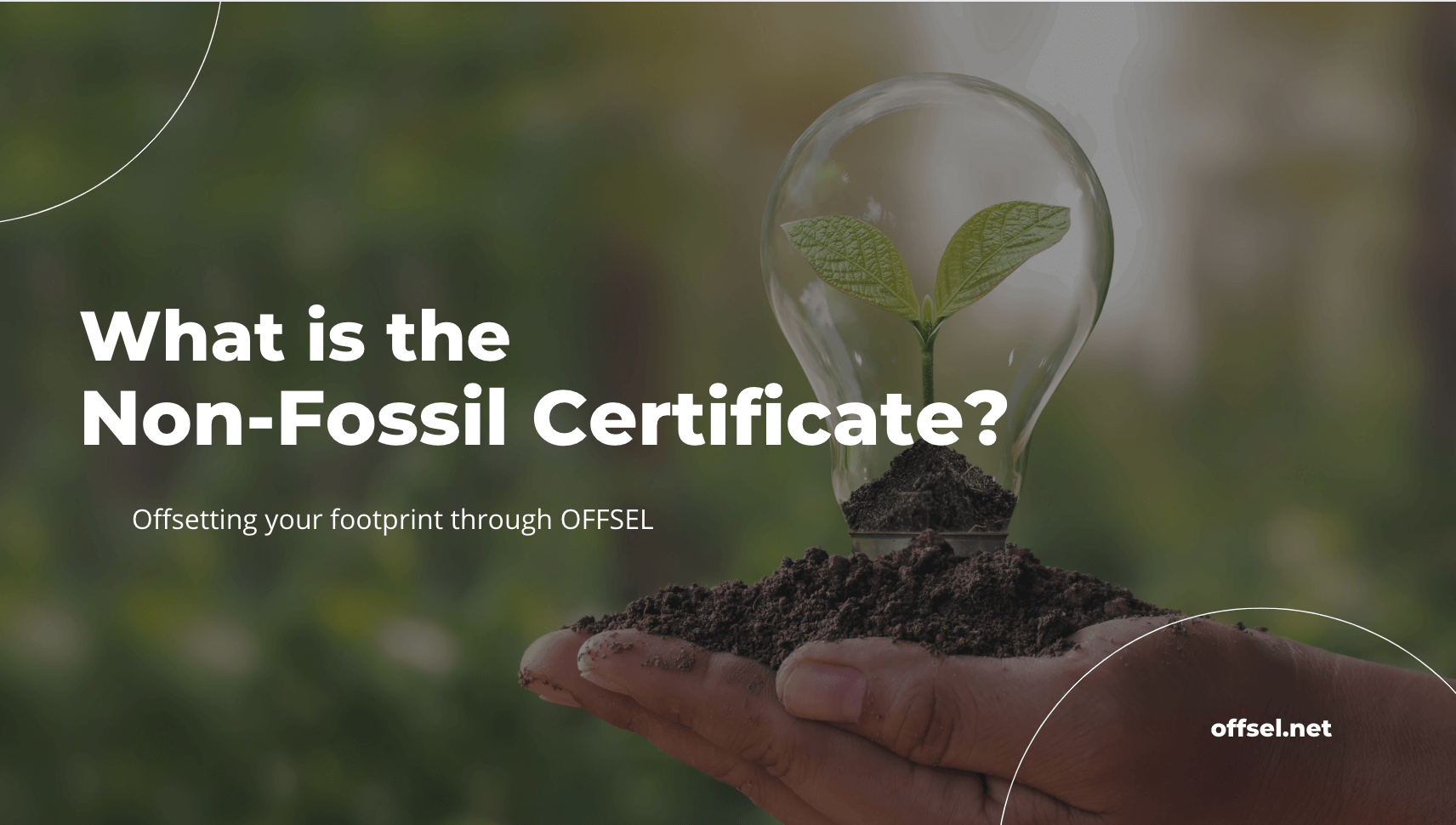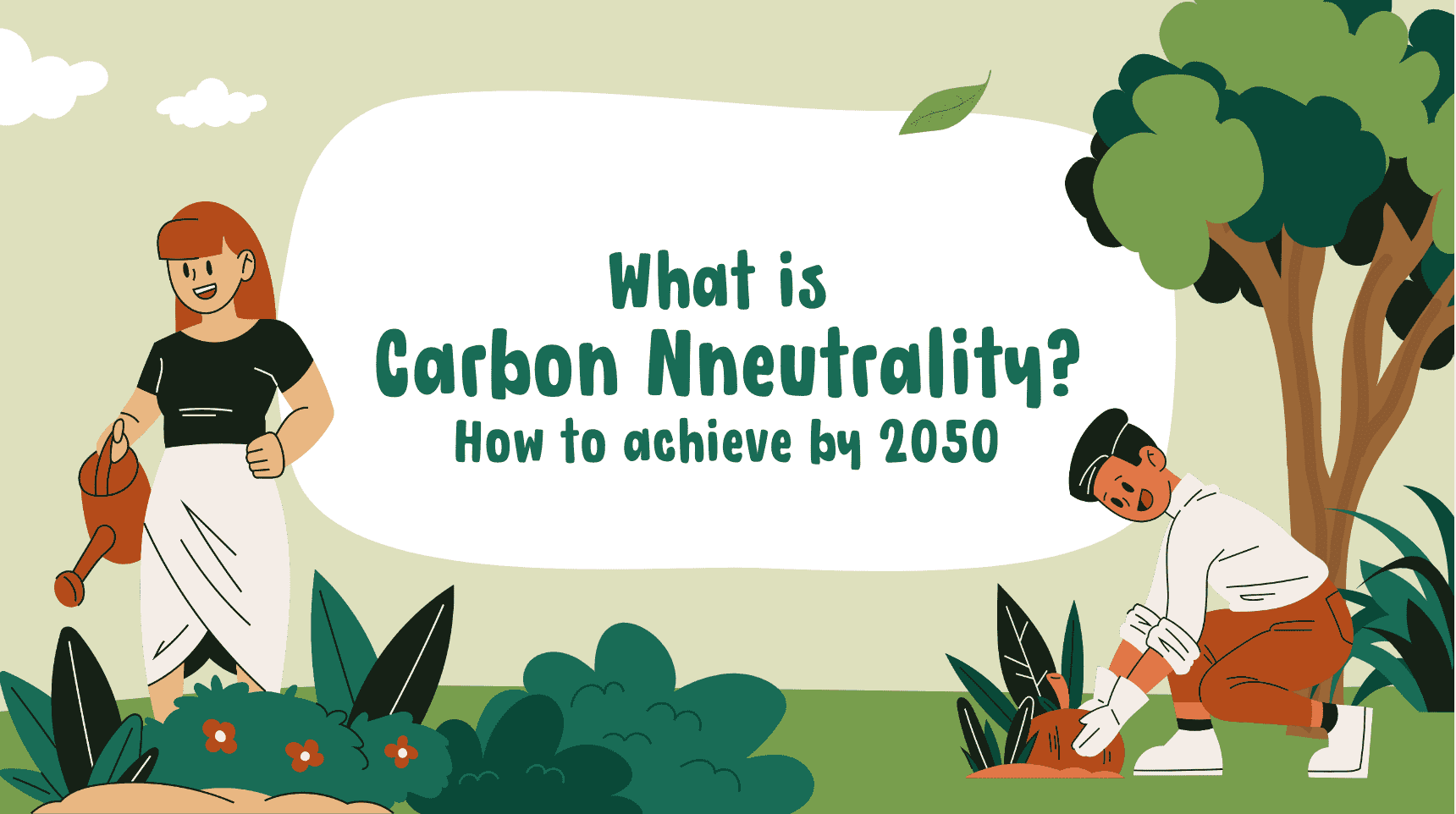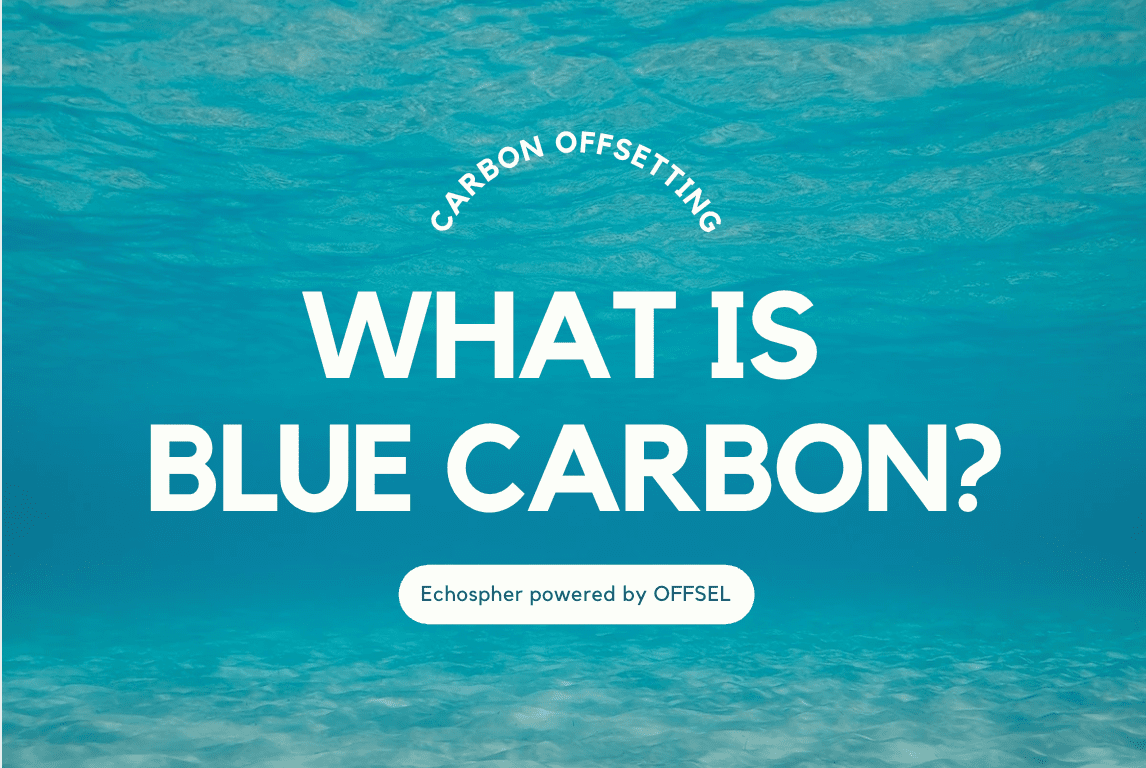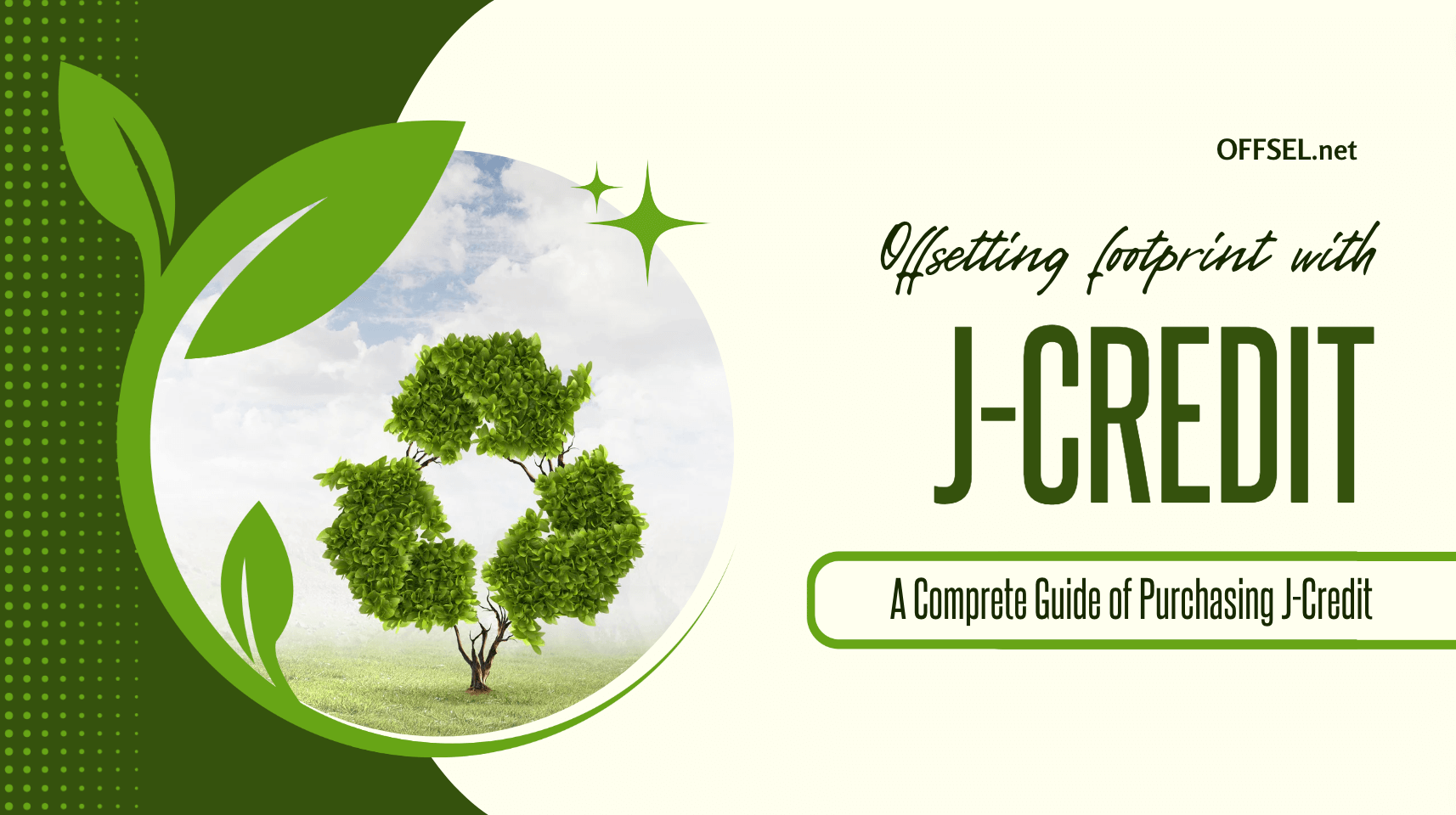What Is The Gold Standard (GS)?
- CO2-reduction

The Gold Standard is a project for carbon offsets that signifies high quality and sustainable practices in projects aimed at reducing carbon emissions. It is a benchmark for projects that not only aim to reduce greenhouse gases but also contribute positively to the environment and local communities.
Table of Contents
Purpose of The Gold Standard

Gold Standard (GS) is a voluntary carbon offset program focused on advancing the United Nations Sustainable Development Goals (SDGs) and ensuring that its projects benefit neighboring communities. The main purpose of GS is to ensure that contribute to a higher level of climate change prevention and sustainability, resulting in higher quality carbon credits.
This provides confidence to project implementers and target communities that their projects are additive and contributes steadily to climate change prevention and local sustainable development, while also providing credit. From the buyer’s perspective, they can buy with greater certainty about the quality of the project.
The Gold Standard operates within the framework of the Clean Development Mechanism (CDM), a key element of the Kyoto Protocol. The CDM allows developed countries to invest in emission reduction projects in developing countries. The Gold Standard ensure that they contribute to sustainable development in addition to reducing emissions.
4 Screening process of Gold Standard
In order to get certified from the Gold Standard, your project must pass the following four main screenings in addition to the regular CDM examination.
- Project Eligibility: Identifies projects that contribute to sustainable development, focusing on types like renewable energy and energy efficiency.
- Additionality and Baseline Assessment: Verifies that projects are essential for climate change prevention, confirming they wouldn’t occur without CDM support and effectively reduce emissions.
- Contribution to Sustainable Development: Uses a ‘Sustainable Development Matrix’ and a ‘Do No Harm’ assessment to evaluate the project’s sustainability impact, along with implementing a sustainability monitoring plan.
- Stakeholder Consultation: Ensures meaningful engagement of communities and stakeholders in project planning and implementation.
1. Project eligibility
Two main types of projects are recognized as meeting the Gold Standard, and a project’s eligibility must be approved by that standard.
One is a project related to renewable energy, and the other is a project related to improving energy efficiency on the consumption side. In the future, we plan to gradually include projects in the Land Use & Forest field, such as afforestation/reforestation and agriculture.
The selection of these project types was based on three criteria:
- Energy technology that brings about a paradigm shift
- Additionality and sustainability
- Extensive support from environmental NGOs
2. Additionality and baseline assessment
Additionality and baseline reviews are key to ensuring that a project truly contributes to combating global warming.
Developed countries are allowed to emit extra emissions by implementing CDM projects and earning credits. Therefore, if a project that would have been implemented even without CDM is implemented as a CDM project and credits are generated, global emissions will increase more than what was promised under the Kyoto Protocol. Masu.
This screening is non-additional and is intended to ensure that gold standard credits are not issued for projects that would have been implemented without the CDM.
3. Contributing to Sustainable Development
To ensure that the project contributes to sustainable development and serves the interests of local communities, it is essential to assess and confirm the project’s sustainability through:
- Utilizing the ‘Sustainable Development Matrix’ for evaluation.
- Implementing a ‘Do No Harm’ assessment.
- Developing a sustainability monitoring plan.
The Sustainable Development Matrix evaluates 12 sustainability indicators, divided into three categories.
- Contributing to environmental sustainability at both local and global levels, such as by improving air quality.
- Supporting social aspects of sustainability and development, like poverty reduction.
- Aiding in economic and technological development, for example, by reducing technological dependence on developed countries.
The ‘Do No Harm’ assessment is grounded in the UNDP’s safeguard principles, which align with the Millennium Development Goals. It includes 11 indicators categorized into four areas.
- Human rights.
- Labor standards.
- Environmental protection.
- Anti-corruption.
Developing a sustainability monitoring plan is crucial to track the sustainable development impact of project activities and to verify whether the project genuinely contributes to sustainable development. All mitigation measures identified in the Sustainable Development Matrix and the ‘Do No Harm’ assessment should be continuously monitored.
4. Stakeholder consultation
In this screening, it ensures that the wishes of local communities and other stakeholders are incorporated from the project design stage.
How to get certificate from GS
To obtain Gold Standard certification, in addition to the regular Project Design Document (PDD), a document called a Gold Standard Passport needs to be submitted.
Several items have been added to the Gold Standard Passport to further strengthen the project’s sustainability and contribution to global warming prevention, and the Gold Standard Passport allows the operating organization (OE) to review the effectiveness etc. you need to do it.
Check more details on the official site:
Benefits of the Gold Standard in carbon offsetting
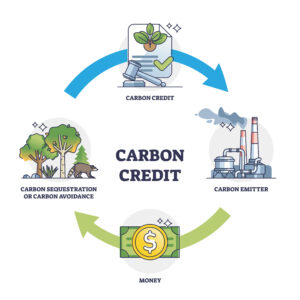
Environmental Integrity
The Gold Standard ensures the highest level of environmental integrity in carbon offsetting projects. It mandates stringent criteria for carbon reduction, guaranteeing that these projects make a significant and measurable impact on climate change mitigation.
Sustainable Development
The Gold Standard is not just about reducing carbon emissions; it also focuses on positive impacts on local communities. Projects under The Gold Standard often include components like clean energy access, improved air quality, and community development, contributing to the overall well-being and sustainability of local populations.
Market Trust and Credibility
Due to its rigorous verification and certification processes, The Gold Standard is highly respected in the carbon market. This trust is crucial for businesses and individuals who want to offset their carbon footprint responsibly, ensuring their contributions are effectively used for credible and impactful projects.
CONTACT US
Please feel free to contact us at anytime.
We will get back to you as soon as we
can!
Editor
OFFSEL Owned by Erevista Inc, OFFSEL is specializes in Environmental issues, especially in carbon neutrality. We primarily provide the latest information on environmental energy.

